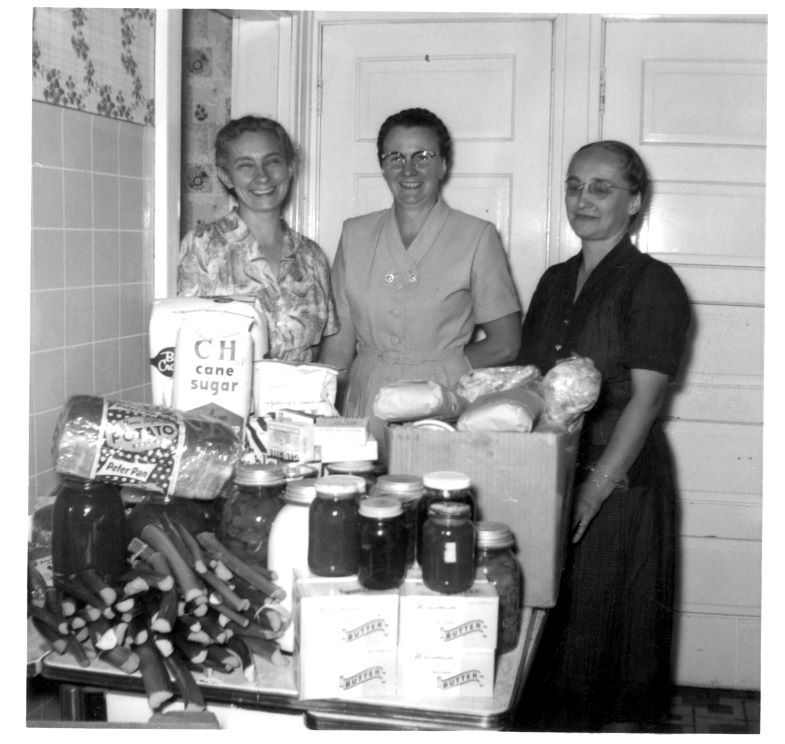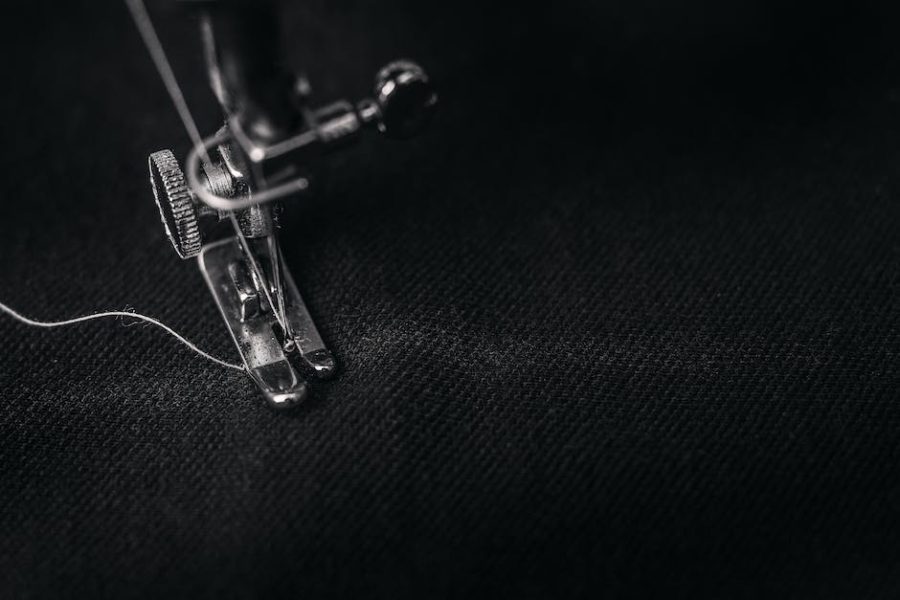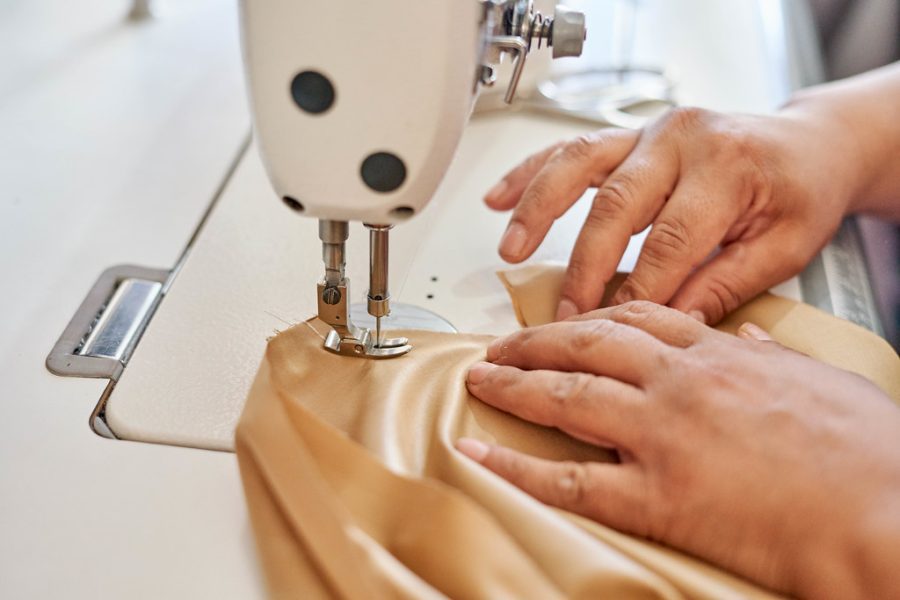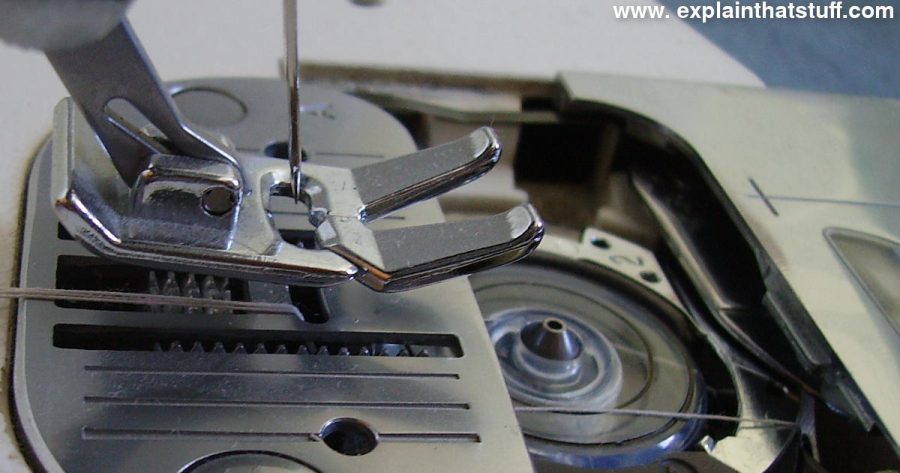 Velvet fabric has been a timeless material beloved for its luxurious and elegant appearance. Sewing with velvet can be a rewarding experience, but it often poses some challenges due to its unique characteristics. Whether you’re a beginner or an experienced sewist, this guide will provide you with essential tips and techniques to master the art of sewing velvet.
Velvet fabric has been a timeless material beloved for its luxurious and elegant appearance. Sewing with velvet can be a rewarding experience, but it often poses some challenges due to its unique characteristics. Whether you’re a beginner or an experienced sewist, this guide will provide you with essential tips and techniques to master the art of sewing velvet.
Choosing the Right Velvet Fabric
Texture: Velvet can be found in various types, including crushed, panne, or velveteen. Each type has its own distinctive texture, so it’s important to choose the one that suits your project best. Consider the purpose of your creation and the desired effect you want to achieve.
Pile Direction: Pay attention to the direction of the pile when purchasing velvet. Stroke the fabric gently to see if the pile lays flat or stands straight up. Ensure the pile direction is consistent throughout your project to maintain an even appearance.
 Weight: Velvet fabrics come in a range of weights, from lightweight to heavyweight. Consider the drape and bulkiness you desire for your project. Lighter fabrics are suitable for draping garments, while heavier velvets are more suitable for structured pieces.
Weight: Velvet fabrics come in a range of weights, from lightweight to heavyweight. Consider the drape and bulkiness you desire for your project. Lighter fabrics are suitable for draping garments, while heavier velvets are more suitable for structured pieces.
Preparing and Cutting Velvet
Before you start sewing, it’s essential to properly prepare and cut your velvet fabric to ensure successful results.
Pre-washing: While pre-washing is usually recommended for most fabrics, velvet requires special attention. Avoid pre-washing velvet unless your fabric’s care instructions explicitly allow it, as the water can ruin its luxurious texture.
Pattern Layout: When laying out your pattern pieces, be mindful of the velvet pile direction. Ensure all your pattern pieces are oriented in the same direction to maintain consistency and prevent variations in color and texture.
Cutting Techniques: When cutting velvet, it’s important to minimize shifting and distortion. Place your velvet fabric wrong side up on a cutting mat and use pattern weights instead of pins to hold the pattern in place. Then, carefully trace the pattern with tailor’s chalk or pins before cutting. Consider using sharp fabric shears or a rotary cutter to achieve clean, precise cuts.
Sewing Techniques
 To achieve a professional-looking result, follow these sewing techniques when working with velvet:
To achieve a professional-looking result, follow these sewing techniques when working with velvet:
Needle and Thread: Use a sharp, fine needle (size 70/10 or 80/12) specifically designed for sewing delicate fabrics. A universal polyester thread or silk thread works well for velvet. Always test your thread on a scrap piece of velvet before starting your project.
Seam Finishes: To prevent fraying and maintain a neat finish, consider using French seams or narrow zigzag stitches. Serging edges is also suitable if you have access to an overlocker machine. Alternatively, you can use bias binding or seam tape to finish raw edges.
Pressing: Be cautious when pressing velvet as the heat can dent or crush the pile. Always use a low to medium heat setting and a pressing cloth. Press the fabric gently without applying too much pressure. For stubborn creases, try using a garment steamer or a light spritz of water followed by gentle pressing.
Hemming: For hemming velvet, consider using a narrow rolled hem, blind hem, or handstitched catch-stitch to maintain a refined and inconspicuous finish. Avoid using heavy topstitching or bulky hems that could weigh down the delicate fabric.
Conclusion
Sewing velvet can be a delightful experience that yields beautiful, luxurious creations. With careful attention to fabric selection, preparation, cutting techniques, and sewing methods, you can overcome the challenges associated with working with this sumptuous fabric. Embrace the opulent nature of velvet and create stunning garments, accessories, or decor items that exude elegance and charm.





Sewing with velvet can be a delightful experience!
#SewingVelvet is such an interesting fabric to work with, its soft to the touch and the end product is simply stunning!
Velvet is very delicate and requires special attention.
Wow, I never knew how fun it is to sew with velvet! From the soft texture to the stunning result, #SewingVelvet is sure to dazzle any fashionista! Special care needs to be taken, however, as velvet is delicate and can easily be damaged without the right technique.